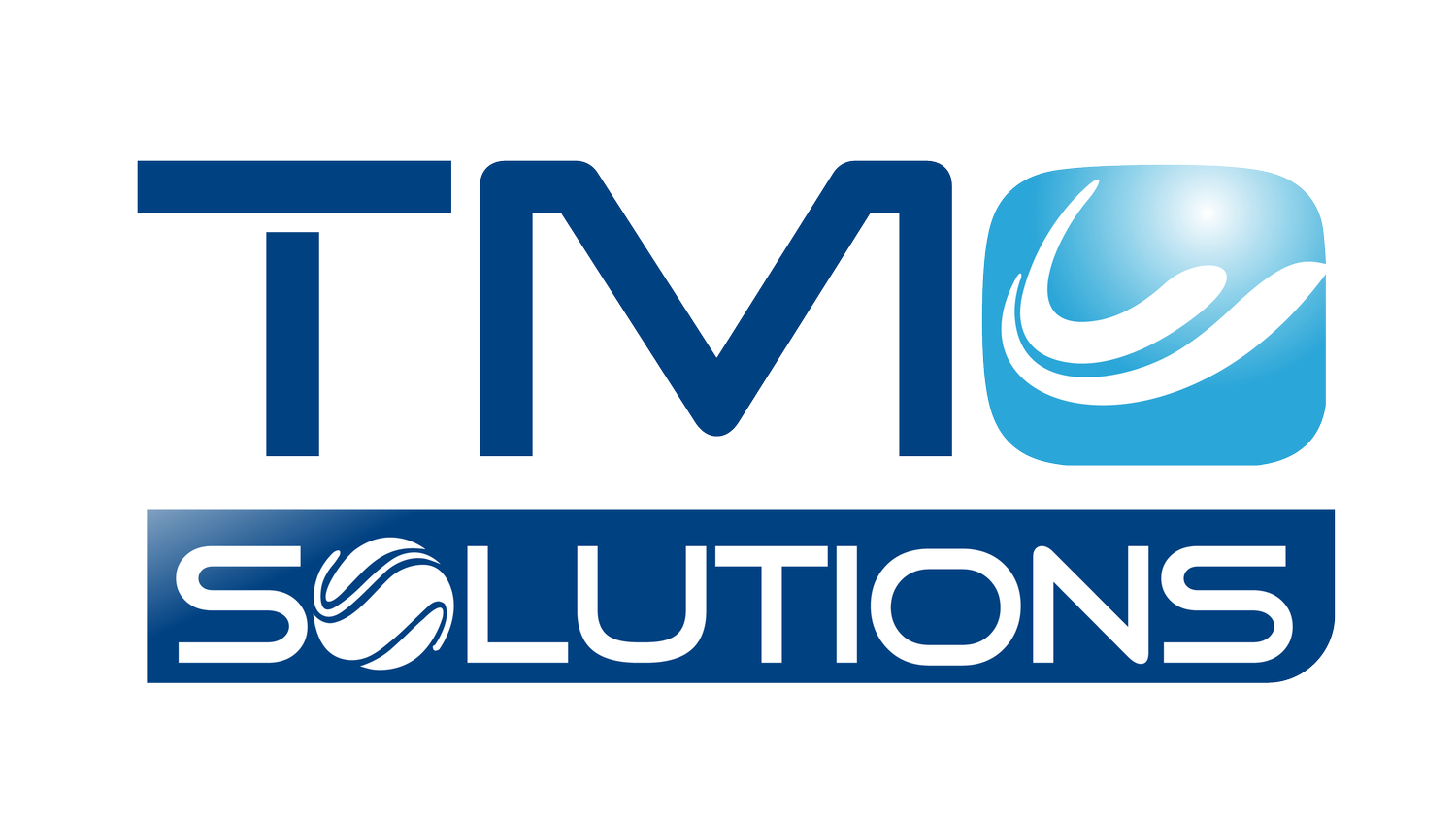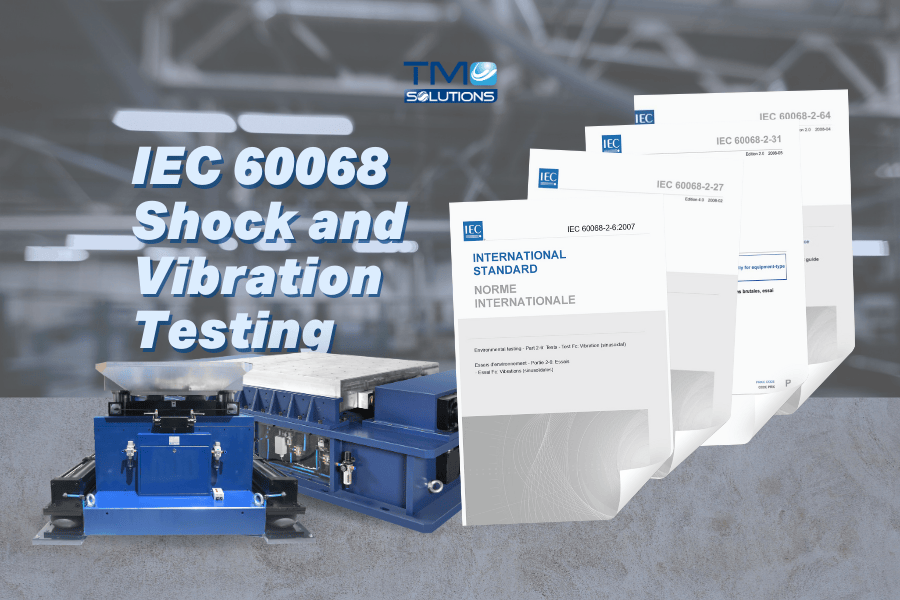IEC 60068 Shock and Vibration Testing Explained
Why IEC 60068 Matters in Product Testing
In today’s competitive industrial landscape, manufacturers are expected to deliver products that can withstand extreme conditions—whether during transit, installation, or long-term use. To ensure durability and safety, international testing standards like IEC 60068 are essential. This globally recognized benchmark defines how to test components for resistance to mechanical shock, vibration, temperature, humidity, and more.
At TMC Solutions, we provide equipment and expertise aligned with these standards to help businesses validate product reliability under real-world environmental stresses.
What Is IEC 60068?
IEC 60068 is a collection of international testing procedures published by the International Electrotechnical Commission (IEC). It provides a standardized framework for environmental testing of electrical and electronic equipment and components.
The standard helps manufacturers determine whether their products can maintain functionality when subjected to harsh physical and climatic conditions, such as:
Mechanical vibration
Shock
Drop impact
Thermal cycling
Humidity and moisture
Dust and salt fog exposure
IEC 60068 and Mechanical Testing: Focus on Shock and Vibration
Within the IEC 60068 family, several parts specifically address mechanical shock and vibration testing. These are particularly important for sectors like aerospace, automotive, defense, energy, and telecommunications—where components are frequently exposed to transportation, launch, or operational stress.
Key Parts of IEC 60068 for Shock and Vibration:
IEC 60068-2-6 – Sinusoidal Vibration Testing
This test determines a product’s ability to endure sinusoidal (harmonic) vibrations, simulating engine resonance, machinery vibrations, and more.IEC 60068-2-64 – Random Vibration Testing
Used to replicate real-world transportation conditions and operational environments involving broadband vibration energy.IEC 60068-2-27 – Shock Testing
Defines procedures for applying mechanical shocks (like drop or impact) to evaluate a component's structural integrity.IEC 60068-2-31 – Drop and Topple Tests
Focused on simulating drops or mishandling during manual or automated packaging and transportation.
Why Comply with IEC 60068?
1. Global Recognition and Compliance
Following IEC 60068 ensures your products meet international regulatory and customer expectations, simplifying global trade and certification.
2. Product Quality and Reliability
By identifying mechanical weaknesses early, you can reduce field failures, returns, and warranty claims.
3. Risk Mitigation
IEC-compliant testing reveals hidden vulnerabilities, helping avoid catastrophic failures in mission-critical applications.
4. Competitive Advantage
Certification gives your customers confidence, boosts your market reputation, and supports your brand promise.
How TMC Supports IEC 60068 Testing
TMC Solutions specializes in delivering shock and vibration testing systems that are fully compatible with IEC 60068 procedures. Our solutions are built to replicate a wide range of mechanical stresses, ensuring repeatable, traceable results that stand up to global scrutiny.
Our Testing Capabilities Include:
Classical Shock Testing (Half-sine, Square, Trapezoidal)
Random and Sine Vibration
Drop and Free-Fall Simulations
Combined Vibration and Environmental Chambers
We also assist clients with test setup, standard interpretation, and custom pulse tailoring, providing end-to-end support.
Choosing the Right IEC Test Procedure
Selecting the correct IEC 60068 test depends on your product’s intended use, transportation method, installation environment, and failure tolerance. For instance:
Use IEC 60068-2-27 if your product may experience sudden impacts or shock during handling.
Use IEC 60068-2-64 if it will undergo prolonged vibrations during shipping or operation.
Use IEC 60068-2-31 to assess packaging protection and drop resilience.
At TMC, we can help you define a custom test plan based on the relevant standards and your product’s lifecycle profile.
Build Confidence Through Standards-Based Testing
Incorporating IEC 60068 shock and vibration testing is not just about meeting requirements—it’s about designing robust products that deliver performance under pressure. Whether you're launching into orbit, delivering on rough terrain, or deploying in a smart city network, reliable testing is your best safeguard.
Partner with TMC Solutions to make IEC compliance easier, faster, and more effective.

